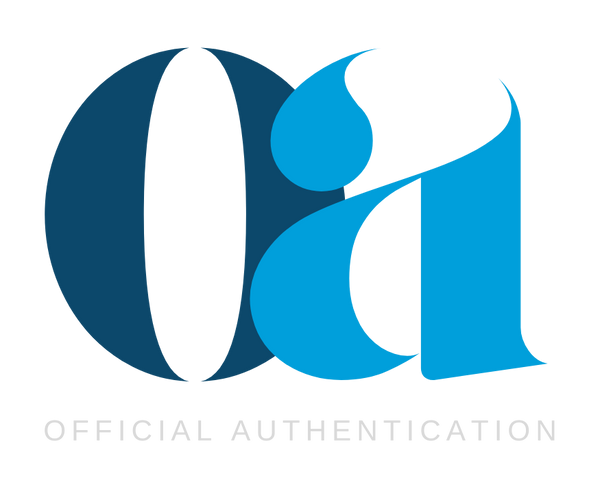In today's luxury goods market, counterfeits pose a significant challenge. Ensuring authenticity is crucial for protecting investments and maintaining trust. High-quality images play a pivotal role in the authentication process, providing the clarity and detail needed to verify genuine items.
The Role of High-Quality Images
Detail Verification: Clear, high-resolution images capture essential details such as logos, textures, and stitching. These elements are vital for distinguishing genuine items from counterfeits. Authenticators rely on these images to spot discrepancies that might not be visible to the naked eye.
Consistency Checks: Quality images help ensure that design elements align with brand standards. Consistent patterns, colors, and materials are indicators of authenticity. By comparing these details against known standards, experts can confirm the item's legitimacy.
Documentation: Detailed images serve as a reliable record for future reference. Whether for insurance purposes or resale, having a comprehensive photographic record of an item can be invaluable.
Best Practices for Capturing Quality Images
- Lighting: Use natural or diffused lighting to illuminate details without creating harsh shadows. Proper lighting ensures that all aspects of the item are visible and accurately represented.

- Steady Shots: Utilize a tripod to maintain focus and clarity. Blurry images can obscure important details and hinder the authentication process.
- Focus on Details: Capture close-ups of key features such as logos, serial numbers, and unique design elements. These details are often where counterfeits fail to replicate authenticity.

- Resolution: Ensure the camera is set to high resolution for maximum detail. High-resolution images allow for zooming in on fine details without losing details.
- Multiple Angles: Photograph the item from various perspectives to provide a complete view. This approach helps capture all relevant features and ensures nothing is overlooked.

- Background: Select a neutral background to avoid distractions. A plain backdrop ensures the item remains the focal point of the image.
- Avoid Filters: Do not apply filters or effects that might alter the appearance of the item. Authenticators need accurate representation, free from enhancements that could mislead.
Consequences of Submitting Poor Photos
- Misidentification Risks: Blurry or unclear images can lead to incorrect authentication results. Poor quality photos may cause authenticators to miss critical details, resulting in potential misidentification.
- Delayed Processes: Poor images slow down the verification process. Authenticators may need additional photos or clarification, delaying confirmation and potentially affecting transactions.

Differences Between Authentication and Sales Photos
Photos submitted for authentication should focus on capturing precise details without enhancements. Unlike sales photos, which might be edited for aesthetic appeal, authentication images must present an unaltered view of the item to ensure accuracy in verification.

Conclusion
High-quality images are essential in protecting luxury investments by ensuring authenticity. By adhering to best practices when capturing photos, individuals can contribute to a smoother authentication process and safeguard their valuable possessions from counterfeits.

